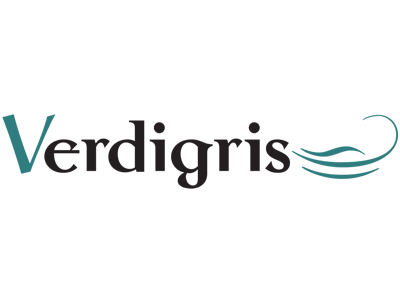At the recent DSCOOP in Vienna, a chatfest for users of HP Indigo technologies, HP and partner conversations were many. Participants were keen and even passionate to share, confident that they were in the right environment for doing so. It’s not as if people forgot that they were amongst potential competitors, but there was a fantastic atmosphere of sharing and learning. It was really quite uplifting, but it was also clear that too few players in the graphics industry have the confidence to talk about sustainability with a straight face. It’s almost as if the environment is not a cool topic for serious business people.
This really must change, because print service providers are the front line when it comes to correcting the uninformed view that print is bad for the environment. That’s the easy part. Far more intractable is the problem that too many graphics professionals are reluctant to talk about sustainability because they aren’t equipped for the conversation.
This isn’t surprising because people tend not to see environmental protection as their problem. Worse, people don’t want to sound like tree-hugging hippies, so they are reluctant to talk about sustainability. Egos aside, the conversation is hard because the language is unfamiliar and the references for the environmental vocabulary mostly obscure. How many print service providers are comfortable with a conversation about the carbon footprint of a particular print job? Not many. How many will be able to respond to questions about ISO standards relevant for the graphics industry in general and environmental impact in particularly? Even fewer.
But does it matter? Do business owners in the print sector have to face this possibly steep learning curve? Yes it matters because sustainability is everyone’s responsibility and the future of the graphics industry depends on its environmental accountability as much as any other industry sector. And it matters because there are companies across the globe where the conversations about environmental impact are increasingly the rule, rather than the exception.
How you start that conversation depends on the clients you work with and your own knowledge. Think of ignorance as an opportunity. Share with customers what you want to achieve with them, and take it from there. As painful as it might be, try to read about sustainability in the graphics business, the standards you can use and the sustainability policies of big brand owners such as Unilever, Diageo, IKEA and H&M. It’s not a difficult conversation to have, but talking sustainability does require you to have something to say and the confidence to say it. Otherwise the conversations will happen without you.
– Laurel Brunner
This article was produced by the Verdigris Project, an industry initiative intended to raise awareness of print’s positive environmental impact. This weekly commentary helps printing companies keep up to date with environmental standards, and how environmentally friendly business management can help improve their bottom lines. Verdigris is supported by the following companies: Agfa Graphics, EFI, Fespa, HP, Kodak, Kornit, Ricoh, Spindrift, Splash PR, Unity Publishing and Xeikon.





